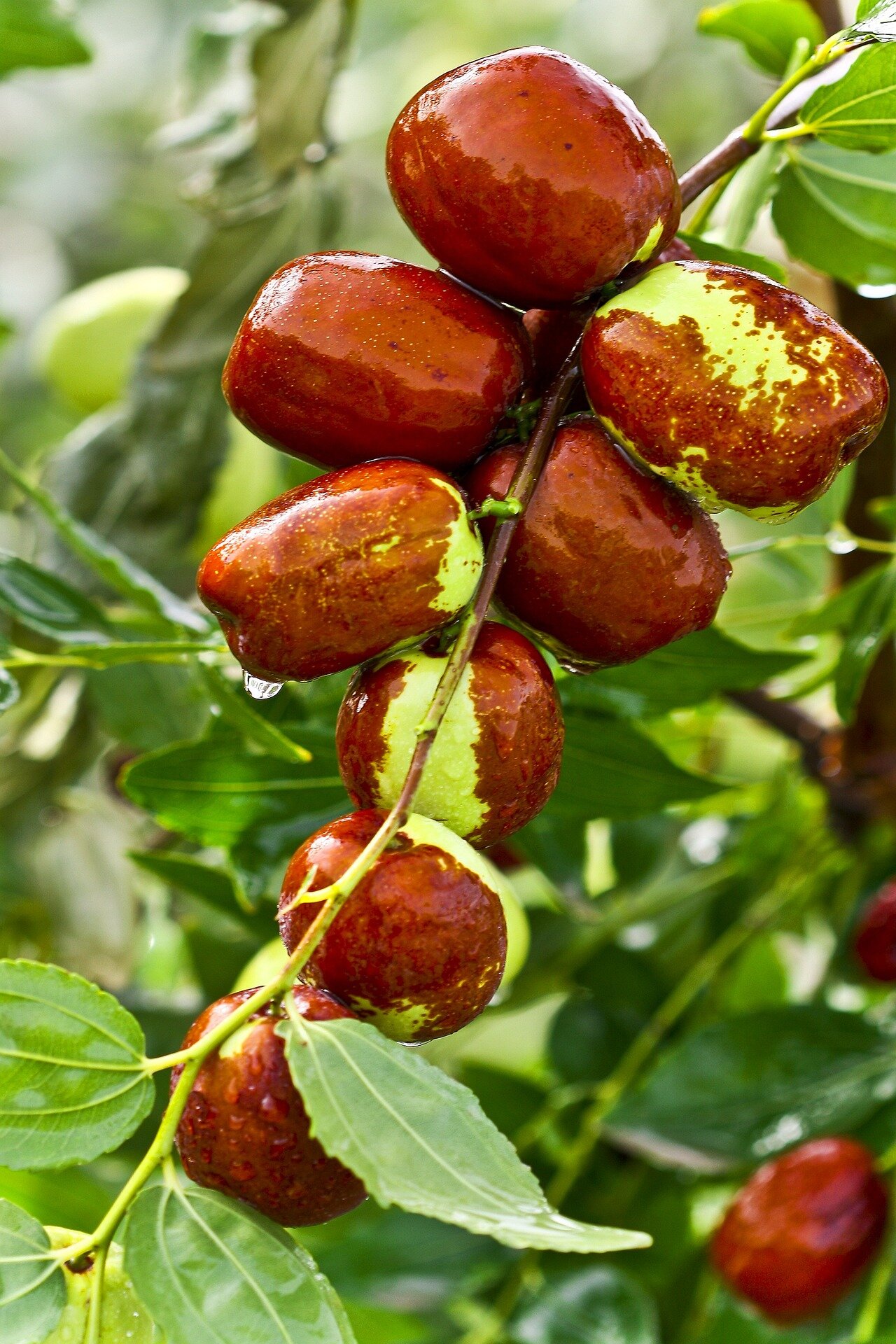

A review in Fruit Research by researchers from Henan Agricultural University, China, explores the state of art of research on jujube witches’ broom (“Zaofeng”) disease, a fruit tree disease associated with phytoplasma.
Phytoplasmas are insect-transmitted bacteria pathogen associated with more than 1,000 plant diseases worldwide. Phytoplasma infected plants exhibit extensive architectural changes, stop reproducing, and appear to serve solely as habitats for the phytoplasma pathogens and their insect vectors.
The fruit jujube (Ziziphus jujuba), also called “Zao” in Mandarin Chinese, has a long cultivation history of more than 7,000 years and grows in more than 40 countries. Jujube Witches’ Broom (JWB) disease, referred to “Zaofeng” disease in Chinese, is related to the presence of JWB phytoplasma (Candidatus phytoplasma ziziphi), a 16SrV-B phytoplasma subgroup member.
JWB phytoplasma-infected jujube trees show altered fundamental plant development processes. In Chinese, “feng” means crazy or uncontrolled, illustrating the witches’ broom symptoms of shoot proliferation and leafy flowers.
JWB disease results in yield loss and decreased fruit quality as well as the tree dying within a few years, bringing heavy losses to the jujube industry.
The article reviews the research history, symptomatology, etiology and epidemiology of JWB disease, and stresses the pathogenesis study of JWB.
At the physiological and biochemical level, changes occur in the photosynthesis, anatomical structure, mineral elements, and endogenous hormone content of plants after infection of JWB phytoplasma. At the molecular level, high-throughput sequencing techniques such as transcriptome and proteome analysis reveal multiple genes and metabolic pathways related to the plant-pathogen interaction.
The genome of JWB phytoplasma “nky” strain has been sequenced and consists of 750,803 bp within one circular chromosome that encodes 694 protein-coding genes. Virulence effector proteins such as SJP1, SJP2, SJP3, and Zaofeng6 were identified, and studied for their function during the symptom induction. In addition, the article also reviews the research progress in the detection and prevention of JWB disease, and looks forward to the further research focus.
Explaining the interaction mechanism between phytoplasma effectors and plant target proteins is the key for JWB disease study. By combining molecular biology methods with traditional phytopathology techniques, we could achieve effective prevention and cure these “crazy” plants.
More information:
Sicheng Guo et al, Jujube witches’ broom (‘Zaofeng’) disease: bacteria that drive the plants crazy, Fruit Research (2023). DOI: 10.48130/FruRes-2023-0035
Provided by
Maximum Academic Press
Citation:
Review of research on the fruit tree disease jujube witches’ broom (2023, December 22)
retrieved 22 December 2023
from https://phys.org/news/2023-12-fruit-tree-disease-jujube-witches.html
This document is subject to copyright. Apart from any fair dealing for the purpose of private study or research, no
part may be reproduced without the written permission. The content is provided for information purposes only.





